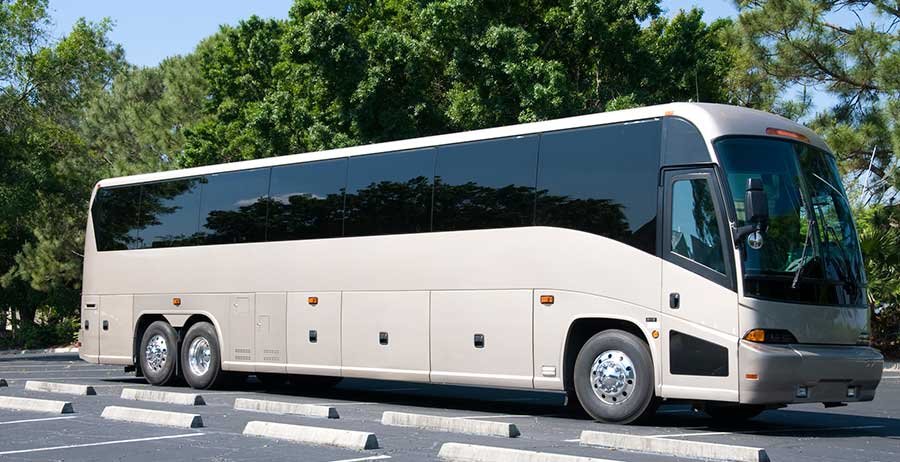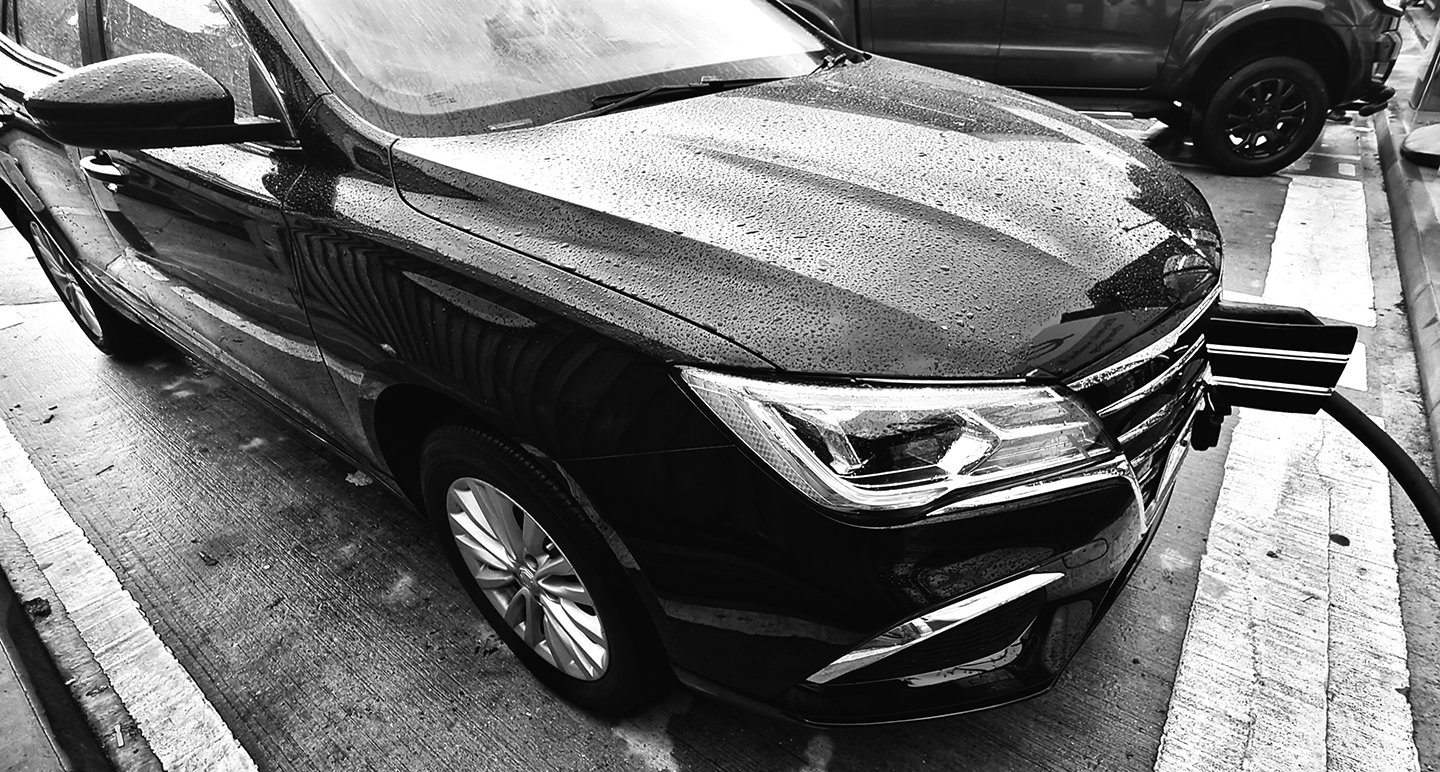The EV revolution is well underway in 2025. If you’re thinking about making the switch – especially as a taxi driver or PCO driver – you need straight talk about what’s working and what’s still challenging with electric cars.
Electric Cars: A 2025 Introduction

Electric cars still offer the core benefits they always did: they’re better for the environment, they’ll save you money on fuel if you own them long enough, and they have simpler engines with fewer parts to break down.
But let’s be honest – there are still drawbacks. You’ll pay more upfront, you might worry about running out of juice on longer trips, and finding a charging point can still be a headache in some areas.
This blog cuts through the marketing hype to help you figure out if an electric car makes sense for your situation in 2025.
Electric Cars: Key Disadvantages in 2025
Here’s the quick summary of the pros and cons that matter most:
Electric Cars Cons – Disadvantages
- Range is still limited compared to petrol cars, which matters for longer journeys
- Charging stations remain patchy outside major cities
- You’ll pay more upfront than for a similar petrol car
- Batteries lose capacity over the years, affecting range and potentially needing expensive replacement
- Watch out for battery warranty small print, especially regarding rapid charging
- Model choices have improved but remain more limited than petrol vehicles
- Cold weather still saps battery performance
- Electricity prices keep climbing, eating into running cost advantages
Electric Cars Pros – Advantages
- Zero exhaust emissions help reduce pollution
- Some grants and support schemes still exist for switching
- Less reliance on imported oil
- Lower day-to-day running costs with fewer mechanical parts to maintain
- Much quieter driving experience
- Instant acceleration that beats most petrol cars
- Access to zero emission zones and exemption from congestion charges – (End on December 25, 2025)
Electric Cars Cons and Pros Lists in Detail Analysis
Let’s dig deeper into the drawbacks you need to consider in 2025
1. Limited driving range compared to gasoline vehicles can be an issue for long-distance travel.
Range anxiety isn’t what it used to be, but it hasn’t disappeared. Most affordable EVs now manage 250-300 miles on a full charge, with premium models pushing beyond 350 miles. That’s about 20% better than two years ago.
The problem? This is still less than most petrol cars, and that stated range drops significantly in real-world conditions. Winter driving can slash your range by 20% or more, as confirmed by AA breakdown data showing a spike in stranded EVs during cold snaps last winter.
For taxi work around town, this range is usually plenty. But for airport runs or longer journeys, you’ll need to factor in charging stops for anything beyond your local area.
2. Charging infrastructure may be less widely available, especially in rural areas.
The charging network has grown considerably – Transport & Environment counts over 60,000 public chargers across the UK now. But distribution remains wildly uneven.
London and Birmingham enjoy excellent coverage, but drive into Wales, Scotland, or rural England and you’ll find charging deserts where working chargers are few and far between. According to last month’s RAC survey, 34% of drivers still experience faulty chargers at least once a month.
For cabbies and PCO drivers, the real cost isn’t just finding a charger – it’s the time spent charging. The average London taxi driver loses 35-45 minutes of earning time daily while charging, according to the recent LTDA survey.
3. Higher upfront cost compared to similar gasoline vehicles.
The price gap has narrowed, but hasn’t closed. You’ll still pay roughly £4,000-£6,000 more for an electric vehicle compared to a similar petrol model. The Volkswagen ID.3 still costs significantly more than an equivalent Golf, despite price cuts.
The government’s decision to end the plug-in car grant in 2023 hasn’t helped matters. Those upfront costs hit especially hard for self-employed drivers who need to finance their vehicles.
The good news? Total ownership costs now genuinely favor EVs for high-mileage drivers. If you’re clocking 25,000+ miles yearly on taxi work, the five-year savings typically outweigh the higher purchase price, even with current electricity prices.
4. Battery Degradation
Batteries last longer than critics predicted, but degradation remains real. Most modern EVs lose 10-15% capacity after 100,000 miles based on data from fleet operators using 2020-2022 models.
Warranties have improved, with 8-year/100,000-mile battery coverage now standard from most manufacturers. But read the fine print – many still allow for up to 30% degradation before considering a warranty claim valid.
When replacement time comes, costs have come down to £3,000-£5,500 depending on the vehicle. That’s better than before, but still a significant expense for ageing vehicles.
5.Battery Warranty Concern for PCO and Taxi Drivers
If you drive for a living, rapid charging is unavoidable – and this is where warranty issues can bite. Many manufacturers still include clauses limiting rapid charging frequency or percentage.
The LEVC and Nissan commercial EV warranties now specifically accommodate taxi usage patterns, but other manufacturers remain ambiguous about rapid charging impacts. Several cabbies reported warranty disputes last year when their batteries degraded faster than expected due to daily rapid charging.
Get written confirmation about rapid charging provisions before committing, especially for high-mileage commercial use.
6. Electric Vehicles are Less efficient in the winter.
The winter penalty remains significant. When temperatures drop below 5°C, expect your range to shrink by 15-25% based on real-world measurements from Fleet News data.
Cabin heating is the biggest culprit, though newer heat pump systems help mitigate this. Pre-conditioning while still plugged in is essential for winter driving, allowing you to warm the cabin and battery without draining your driving range.
7. Energy Prices and Recharging Costs
The electricity price advantage over petrol has eroded further. Public rapid charging now typically costs 55-72p per kWh, with premium networks charging even more at motorway locations.
Home charging costs have increased to around 28p per kWh on standard tariffs, though special EV tariffs can still offer overnight rates around 15-18p per kWh.
For commercial drivers without home charging access, rising public charging costs eat significantly into profit margins. Some drivers report spending nearly £15-20 daily on charging, though this remains cheaper than equivalent petrol costs.
See below the key areas that you need to focus on regarding the pros side / advantages of Electric Cars in 2025.
1. Electric vehicles (EVs) can help reduce pollution.

Electric vehicles (EVs) can help reduce environmental pollution in several ways.
The environmental case for EVs has strengthened as the UK grid gets greener. With renewables now providing over 60% of our electricity according to National Grid figures, electric vehicles genuinely produce less lifetime carbon emissions than petrol alternatives.
Zero tailpipe emissions mean better air quality in congested urban areas. Cities measuring NO2 levels report significant improvements in areas with high EV adoption, particularly around taxi ranks where vehicles previously idled for long periods.
Even accounting for battery production, lifetime carbon footprint is now approximately 60-70% lower for EVs versus petrol cars, according to Transport & Environment’s latest lifecycle analysis.
2. Grants and support schemes to switch to Electric Vehicles
While the consumer plug-in grant is gone, commercial drivers still have options:
- The Clean Air Commercial Vehicle Fund offers up to £7,000 toward electric taxis in clean air zones
- HMRC’s enhanced capital allowances let businesses deduct the full cost from profits before tax
- London’s ULEZ exemption saves regular zone users around £4,380 annually
- Several manufacturers including LEVC and Nissan offer trade-in bonuses of £2,000-£3,000
For those running their taxi as a limited company, the benefit-in-kind rate remains just 2% for electric vehicles compared to 20%+ for petrol vehicles, creating substantial tax savings.
Read more about Government Grant: https://www.gov.uk/plug-in-vehicle-grants
3. Lower long-term costs.
The running cost equation continues to favor EVs despite rising electricity prices. Maintenance costs typically run 20-25% lower than equivalent petrol vehicles based on fleet operator data.
Consider the savings: no oil changes, simpler transmission systems, regenerative braking that extends brake pad life dramatically, and fewer moving parts overall. Fleet operators report average servicing costs of 4.2p per mile for EVs versus 6.1p for petrol vehicles.
Insurance costs have normalised after earlier EV premiums, with typical policies now only 5-8% higher than for comparable petrol vehicles.
4. Quieter operation, which can be beneficial for noise pollution
The near-silent operation of EVs creates a noticeably more pleasant driving environment, especially valuable for professional drivers spending long hours behind the wheel. Passengers consistently rate the quieter ride as a top benefit in taxi satisfaction surveys.
Urban noise pollution measurements show meaningful reductions on routes with high EV adoption. The mandatory acoustic warning systems at low speeds ensure pedestrian safety without creating significant noise pollution.
5. Faster acceleration compares to internal combustion engine vehicles.
Electric motors continue to deliver impressive performance where it matters most in daily driving. The instant torque delivery means even affordable EVs like the MG4 can outaccelerate equivalent petrol models from 0-30mph, ideal for urban driving conditions.
For taxi work, this responsive acceleration provides confidence when merging or pulling away from stops with passengers. The smooth power delivery without gear changes also means a more comfortable ride, particularly valuable for elderly or mobility-impaired passengers.
Conclusion
Electric vehicles in 2025 offer real advantages for the right drivers, especially those covering high mileage in urban environments. The total cost advantage is now convincing for most taxi and PCO drivers, particularly those operating in clean air zones or ULEZ areas.
However, electric isn’t right for everyone yet. If you regularly drive long distances, operate in rural areas with poor charging infrastructure, or cannot charge at home, the practical challenges might outweigh the benefits.
For taxi and PCO drivers, the decision comes down to:
- Where you operate (urban with good infrastructure vs. rural with limited charging)
- Your typical daily mileage (under 200 miles is comfortable with current ranges)
- Whether you can install home charging or access reliable depot charging
- How current incentives and exemptions affect your business model
The market continues evolving rapidly, but your decision should be based on your specific working patterns and local conditions. Run the numbers for your situation before jumping in.






